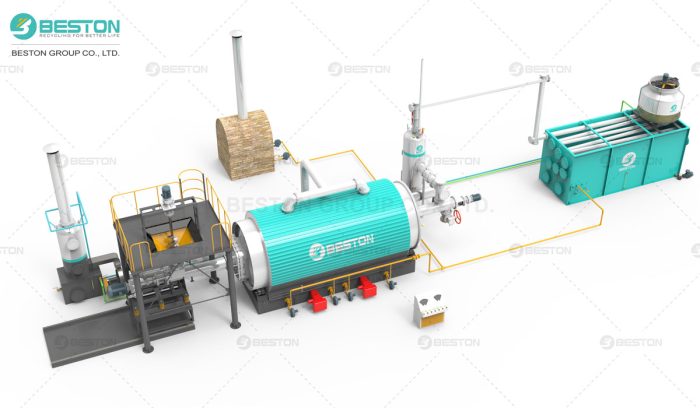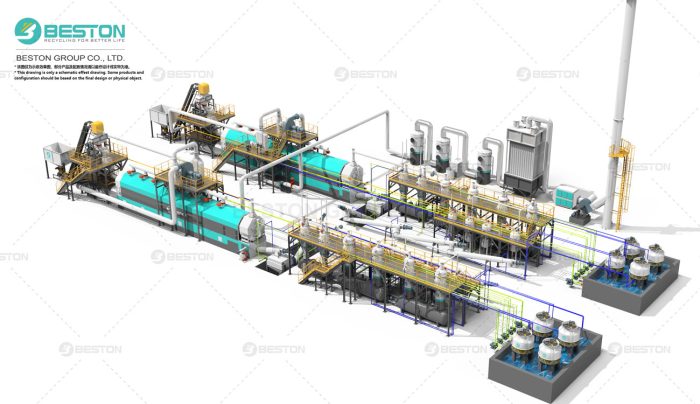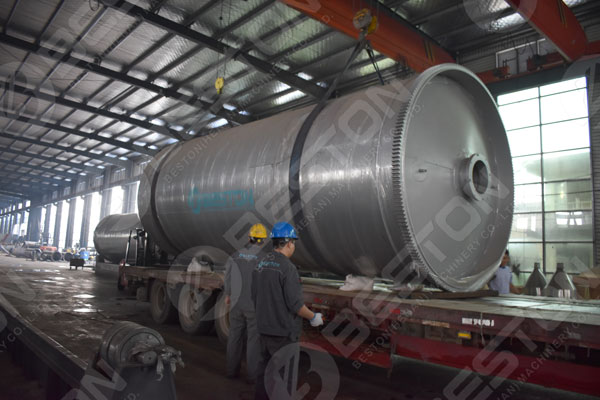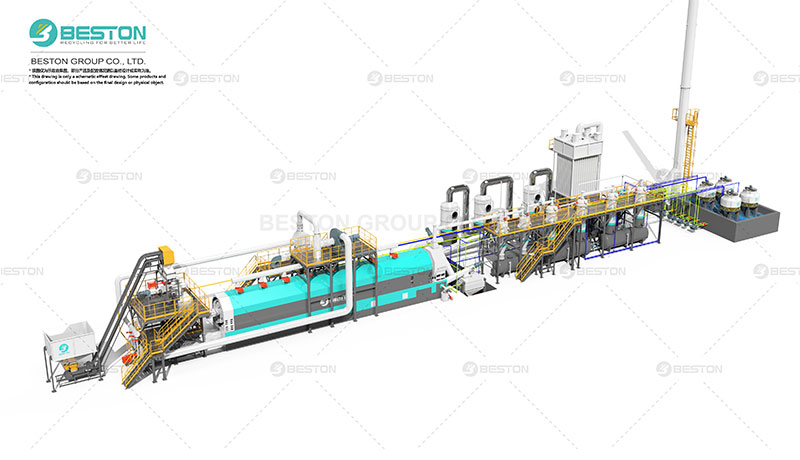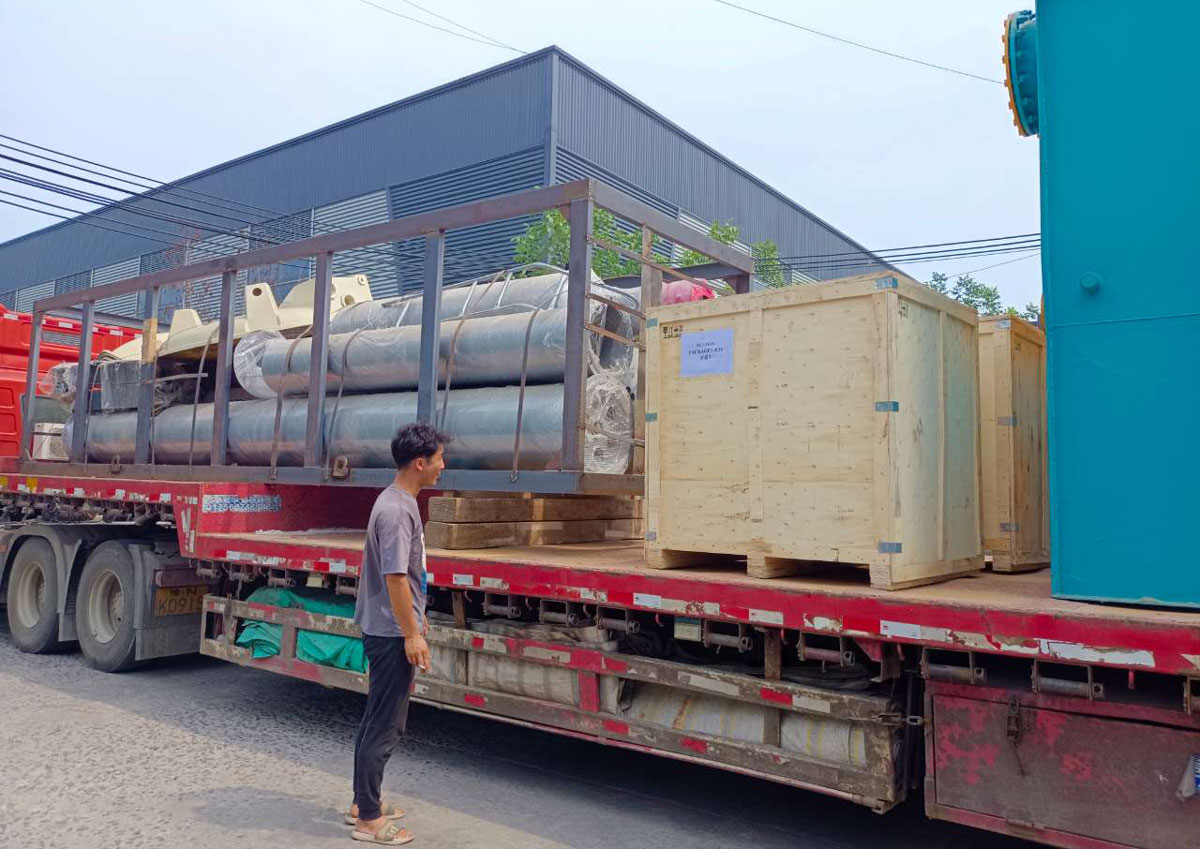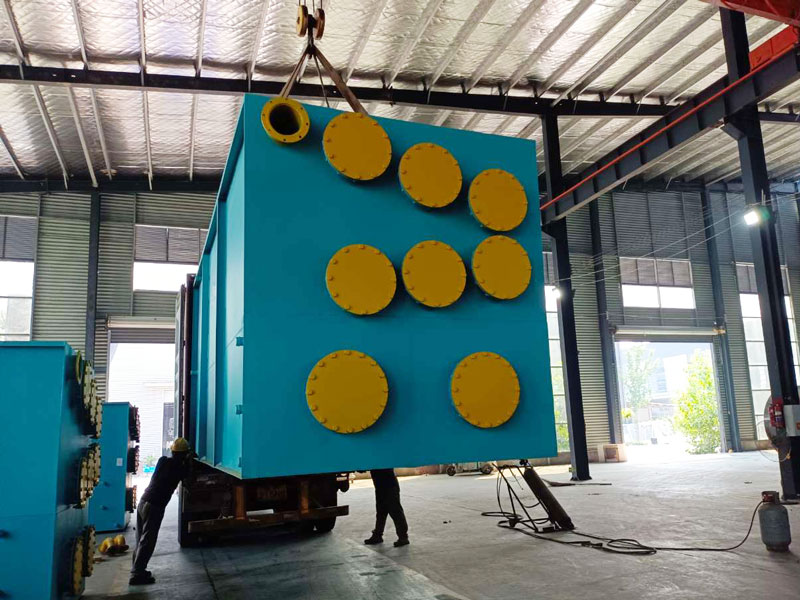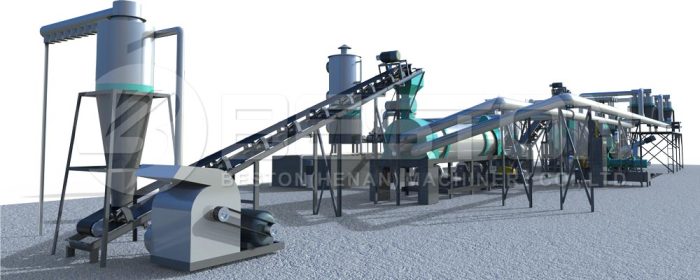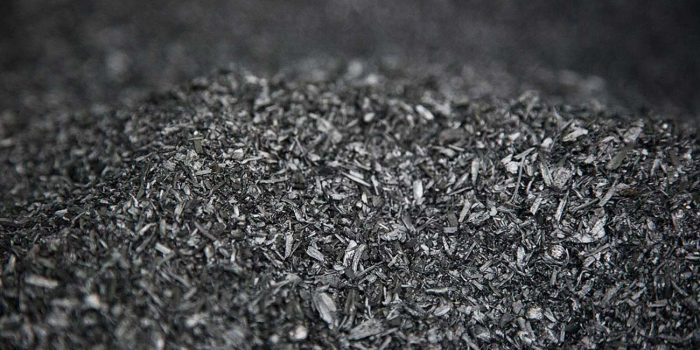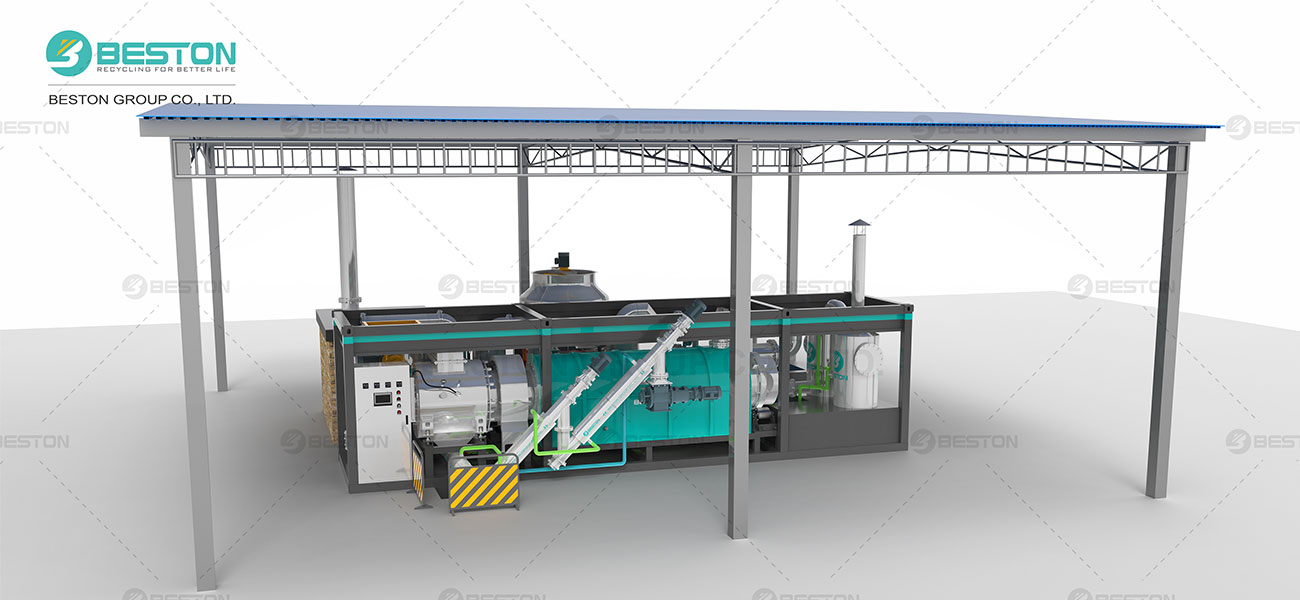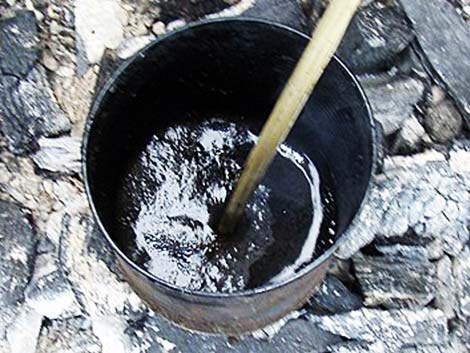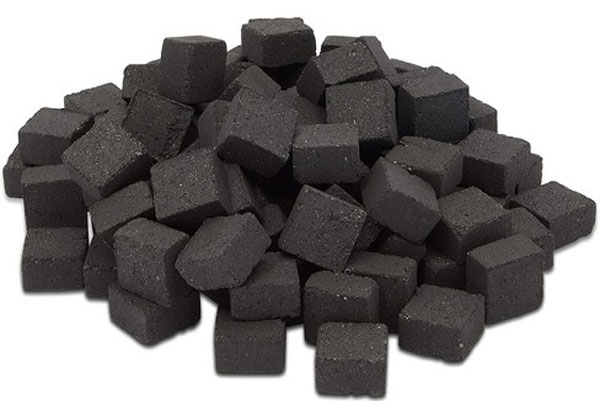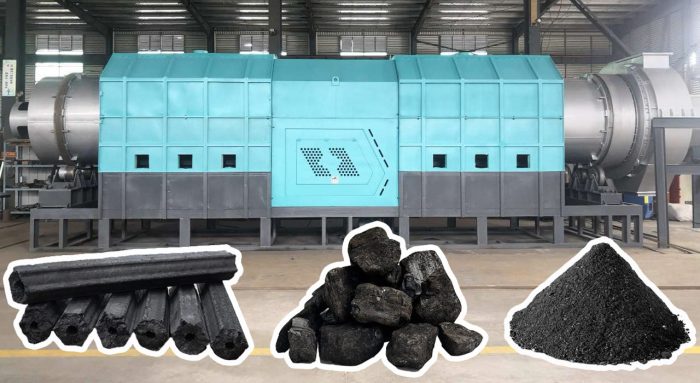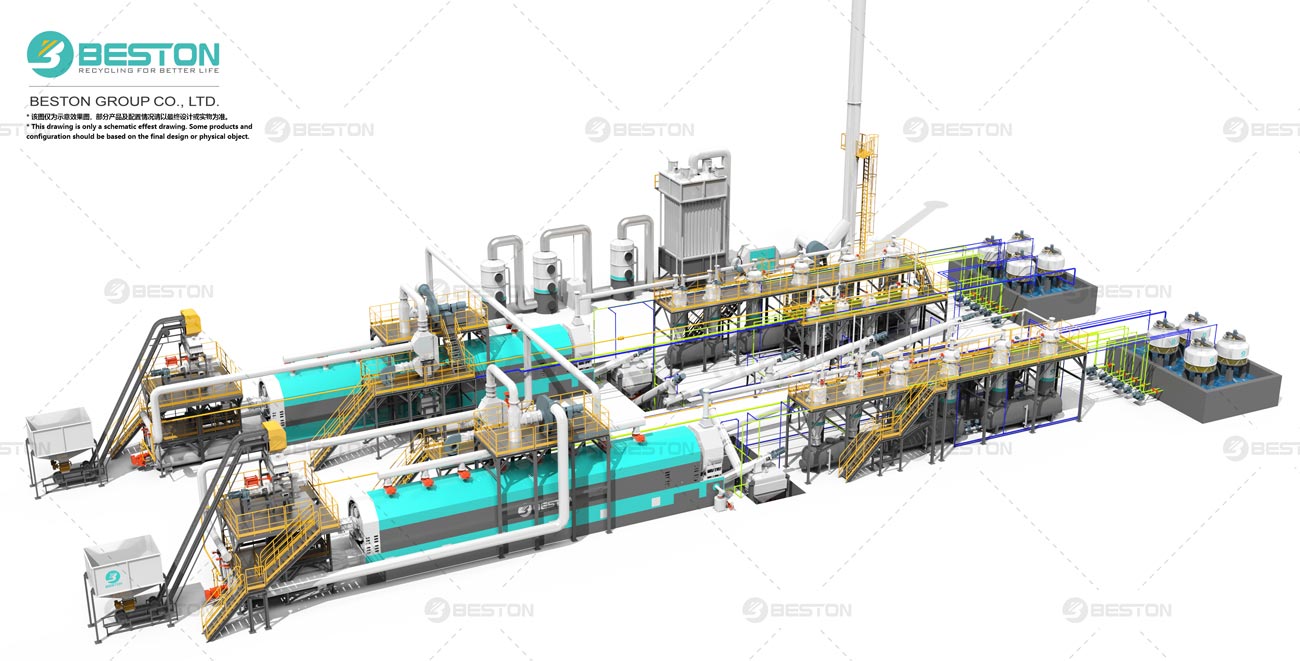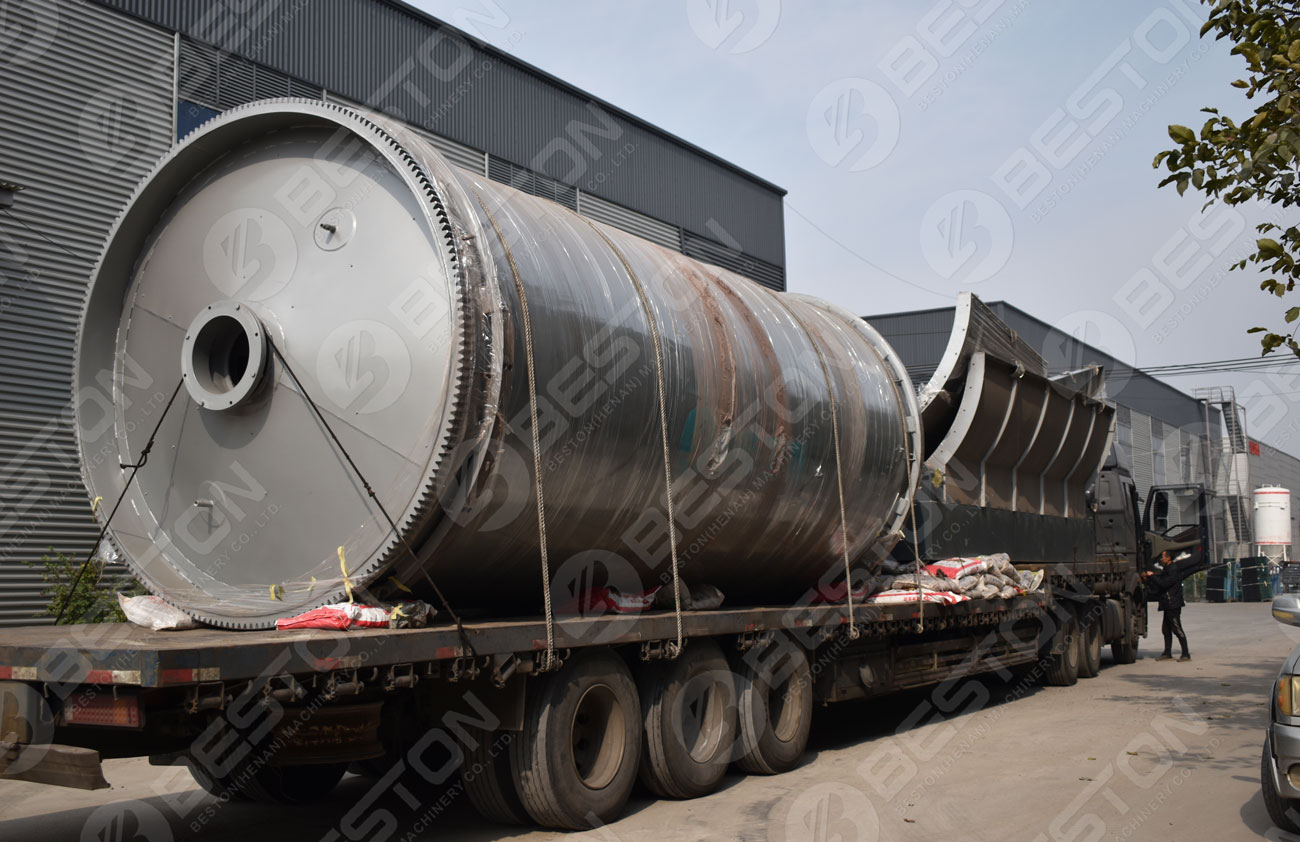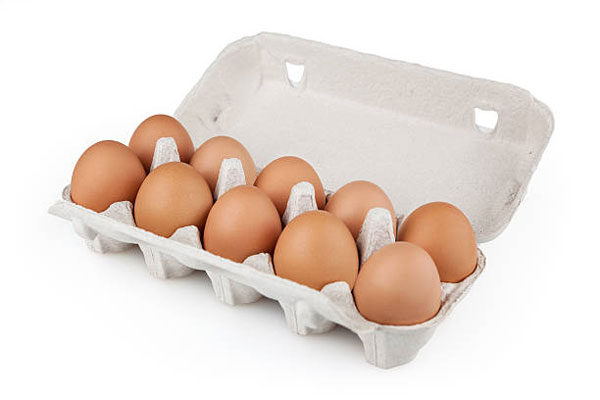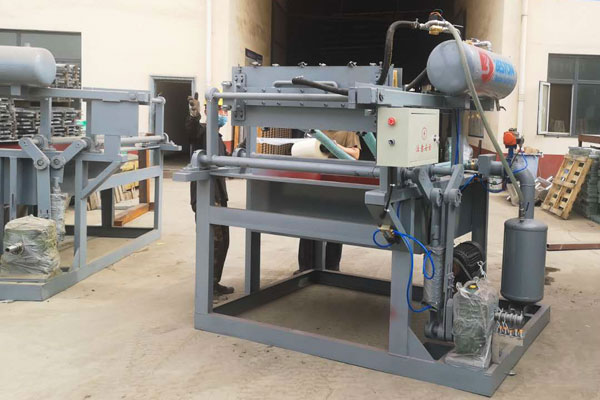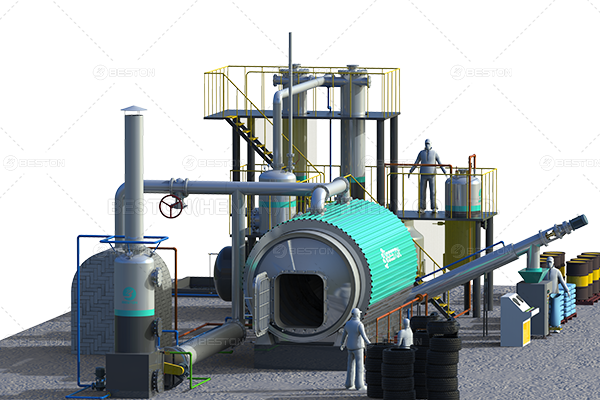The increasing global concern over plastic pollution has prompted researchers and scientists to seek innovative solutions for managing plastic waste. Plastic pyrolysis, a process that converts plastic into useful products like fuel, is gaining attention as a potential alternative energy source. This article aims to explore the potential of plastic pyrolysis machine as an energy source, highlighting its benefits, challenges, and future prospects.
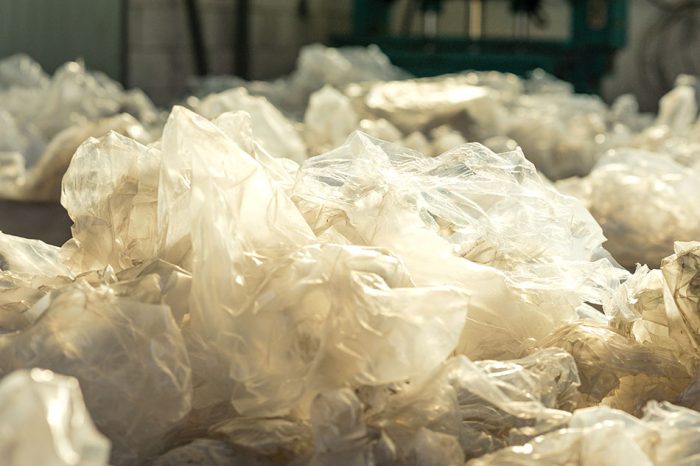
Plastic Pyrolysis Process
Plastic pyrolysis involves subjecting plastic materials to high temperatures in the absence of oxygen, causing them to break down into smaller molecules. The process can be categorized into three stages: heating, decomposition, and collection of products. During heating, plastics are heated to a specific temperature range, which varies depending on the type of plastic. As the temperature rises, the plastic undergoes thermal cracking, leading to the release of gases and oil-like substances. These volatile components are then condensed and collected as liquid fuel, commonly known as pyrolysis oil or plastic oil. The remaining solid residue, known as char or carbon black, can be further processed or used as a fuel source.
Benefits of Plastic Pyrolysis
a) Waste Management Solution: Plastic pyrolysis offers a promising method for dealing with plastic waste. It diverts plastic from landfills and incineration, reducing environmental pollution significantly.
b) Renewable Energy Generation: The liquid fuel obtained through plastic pyrolysis can be used as a substitute for conventional fossil fuels. Pyrolysis oil possesses similar properties to diesel fuel and can power generators, industrial boilers, and even vehicles with suitable modifications.
c) Resource Recovery: Plastic waste is rich in hydrocarbon content, making it a valuable resource. Beston pyrolysis plant allows the extraction of this energy-rich content, thereby recovering resources that would have otherwise gone to waste.
d) Carbon Footprint Reduction: The use of plastic pyrolysis as an energy source has the potential to reduce greenhouse gas emissions. By converting plastic waste into fuel, it can contribute to a circular economy, minimizing the need for virgin fossil fuels and curbing carbon dioxide emissions.
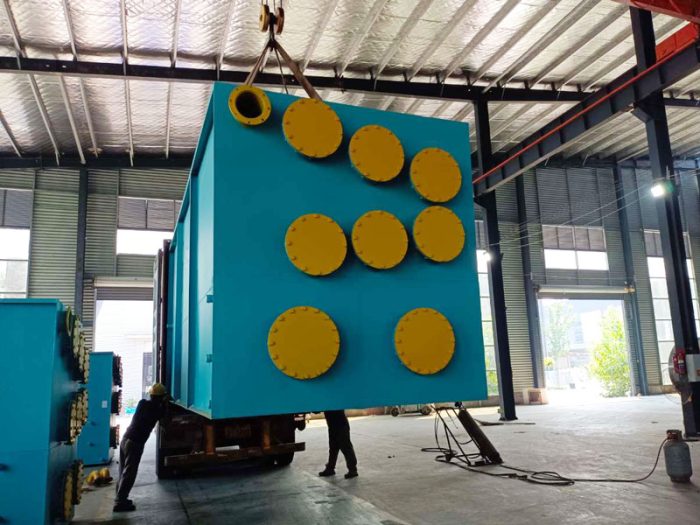
Challenges and Limitations
a) Feedstock Composition: Plastic waste is diverse, comprising various types of polymers with differing chemical compositions. This variability poses challenges in achieving consistent product quality and requires careful sorting and preprocessing of feedstock.
b) Energy Intensive Process: The pyrolysis process requires a significant amount of energy input to reach and maintain the high temperatures necessary for decomposition. This energy demand may limit the overall efficiency and environmental sustainability of the process.
c) Emissions and Residue Management: Plastic pyrolysis emits harmful gases, including volatile organic compounds (VOCs) and particulate matter. Proper emission control measures are essential to mitigate these environmental risks. Additionally, managing the solid residue or char produced during the process requires careful consideration to avoid its negative environmental impact. View the pyrolysis machine cost.
d) Economic Viability: The economic viability of plastic pyrolysis largely depends on factors such as feedstock availability, processing costs, and market demand for the end products. Currently, the cost of pyrolysis oil production is higher than that of conventional fossil fuels, posing a barrier to widespread adoption.
Future Prospects and Research
To fully unlock the potential of plastic pyrolysis as an energy source, ongoing research and technological advancements are crucial. Some areas of focus include:
a) Feedstock Optimization: Developing efficient sorting and preprocessing techniques to handle mixed plastic waste and ensure consistent feedstock composition.
b) Process Optimization: Enhancing the pyrolysis process to improve energy efficiency and maximize the yield of valuable products like pyrolysis oil.
c) Emission Control Technologies: Investing in the development of advanced emission control technologies to minimize the release of harmful gases and particulate matter during pyrolysis.
d) Catalyst Development: Exploring catalysts that can enhance the pyrolysis process, reduce energy requirements, and improve the quality and yield of the end products.
e) Economics and Policy Support: Conducting cost analyses and developing supportive policies that incentivize plastic pyrolysis investments, encouraging market growth and competitiveness.
Conclusion
Plastic pyrolysis holds great promise as a sustainable waste management solution and renewable energy source. While it faces certain challenges and limitations, ongoing research and technological advancements are addressing these issues. With optimized processes, improved emission controls, and favorable economic conditions, plastic pyrolysis can contribute significantly to reducing plastic pollution, lowering carbon footprints, and fostering a circular economy. This machine also processes tyre. So, it is also called waste tire pyrolysis equipment. By exploring the potential of this technology and investing in its development, we can harness the energy embedded in plastic waste and pave the way for a greener, more sustainable future.
